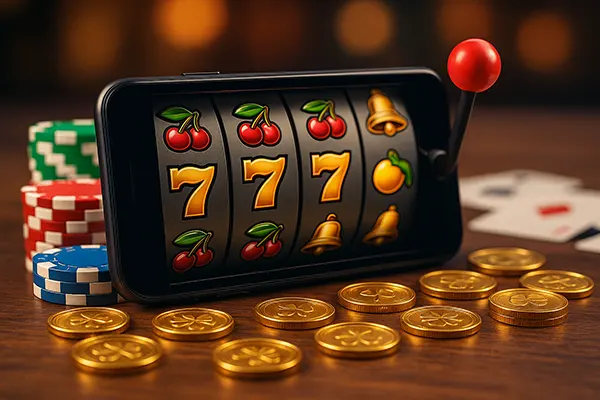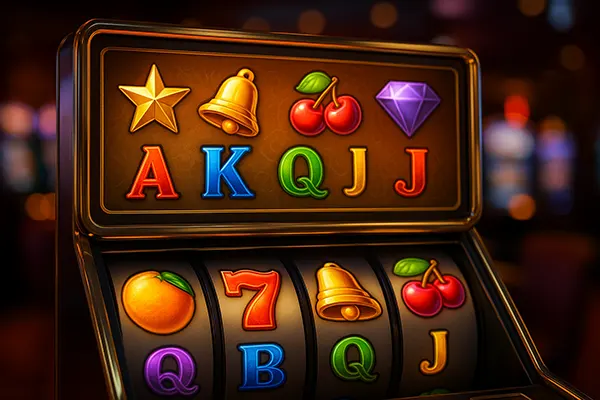
Bonuses in Mobile Casino Apps: Exclusive Offers for Smartphone Users
In 2025, mobile-first strategies dominate the digital gaming industry, with casino apps becoming the primary channel for user engagement. While desktop versions remain relevant, mobile applications now offer more than just portability — they deliver exclusive bonuses that are reshaping user incentives. Understanding these app-only perks is vital for players seeking the most value, and for brands aiming to retain their audiences in a highly competitive field.
Exclusive Bonuses for Installing Casino Apps
Mobile apps often entice users with installation bonuses unavailable via desktop access. These incentives may include free spins, no-deposit credits, or cashback rewards triggered solely by the first launch of the application. Such bonuses are designed to boost app downloads and prompt users to register or log in through mobile.
Unlike browser-based experiences, these app-specific rewards are usually distributed automatically upon installation or after verifying a device. This simplifies the onboarding process and increases user trust by delivering immediate value. It also encourages users to retain the app, reducing uninstalls post-download.
As of June 2025, leading casinos across the UK and EU markets have begun implementing tiered app welcome packages. These often scale with in-app engagement — meaning the more one plays via the app, the greater the cumulative rewards become.
How App Incentives Differ from Web-Based Offers
Web platforms tend to offer more traditional promotions like deposit matches or loyalty points, but mobile apps leverage exclusive, time-sensitive deals. These include “app-only tournaments” or randomised spin boosters activated during peak hours. This shift reflects the priority developers place on mobile engagement metrics.
Moreover, app-specific rewards tend to utilise personalised data, such as in-app behaviour, for tailored bonus suggestions. This not only improves retention but also boosts conversion rates from casual visitors to active players. Casinos invest heavily in analytics to optimise the type and timing of these offers.
Users can often access bonus calendars via mobile apps, which offer a visual roadmap of upcoming deals. This gamified approach to engagement has shown significant results, particularly in the 25–40 age group, according to 2025 user behaviour studies.
Push Notifications as a Tool for Bonus Activation
Push notifications have become a powerful feature in casino apps, allowing operators to alert users of limited-time offers, reload bonuses, or new game launches. In 2025, personalisation and geotargeting are essential in crafting push strategies that truly convert.
For instance, notifications sent during user-active hours or right after missed sessions can include re-engagement bonuses or free plays. These micro-messages maintain a continuous touchpoint without requiring the user to open emails or search through the site.
Moreover, many casinos integrate push notification preferences into their UX, letting users select preferred offer types. This opt-in model increases interaction rates and decreases the chances of uninstalls due to message fatigue or irrelevant promotions.
Balancing Value and Intrusiveness
While push notifications are effective, they require careful management. Overuse can lead to app deletions, especially if the bonuses feel generic or repetitive. As such, successful apps use segmentation — targeting only specific users based on their history and preferences.
Casino brands now employ AI to adjust frequency, message tone, and even emoji usage depending on a user’s interaction pattern. For example, a player who ignores game invitations might still respond positively to a time-limited cashback alert.
Ultimately, the goal is to create value without pressure. Modern push strategies in 2025 increasingly prioritise soft CTAs (“Take a look”) over aggressive language (“Claim now”), improving user perception and long-term loyalty.

UX Differences and Their Impact on Bonus Consumption
Mobile app interfaces are designed for touch interaction and compact navigation. This shapes how players discover and activate bonuses. Where desktop layouts might require multiple tabs or pop-ups, mobile apps streamline bonus redemption into one-click actions.
Top-performing casino apps in 2025 emphasise bonus visibility by embedding rewards into game tiles or home screens. These subtle but effective design choices ensure users never miss available promotions and can activate them without interrupting gameplay.
Additionally, apps now include interactive tutorials and tooltips to explain bonus terms. This reduces confusion and enhances trust — particularly important for newcomers wary of hidden conditions.
Technical Limitations and Platform Constraints
One of the key technical challenges in 2025 remains the App Store and Google Play restrictions. Apple, for example, enforces strict policies against certain bonus types — including mandatory gambling incentives for app downloads. Developers must navigate these rules while still offering value.
This leads to creative solutions such as “non-promotional” onboarding journeys, where bonuses are revealed post-installation rather than advertised openly in the store. Some brands even offer “surprise perks” that bypass direct promotion but comply with policy limits.
Such limitations also affect bonus presentation. Many apps now host promotional content on external landing pages, which are linked from within the app post-login. This approach ensures compliance while maintaining a robust incentive framework.
Popular
-
How to Evaluate Slot Risk Level Using the ...
Understanding the risk profile of a slot …

-
Blockchain’s Influence on Transparency in ...
Blockchain has become one of the most …

-
Jackpot Games: Are the Odds Really That Low?
Jackpot games have long captured the attention …

